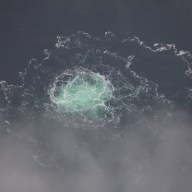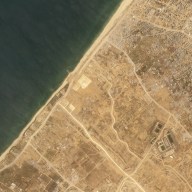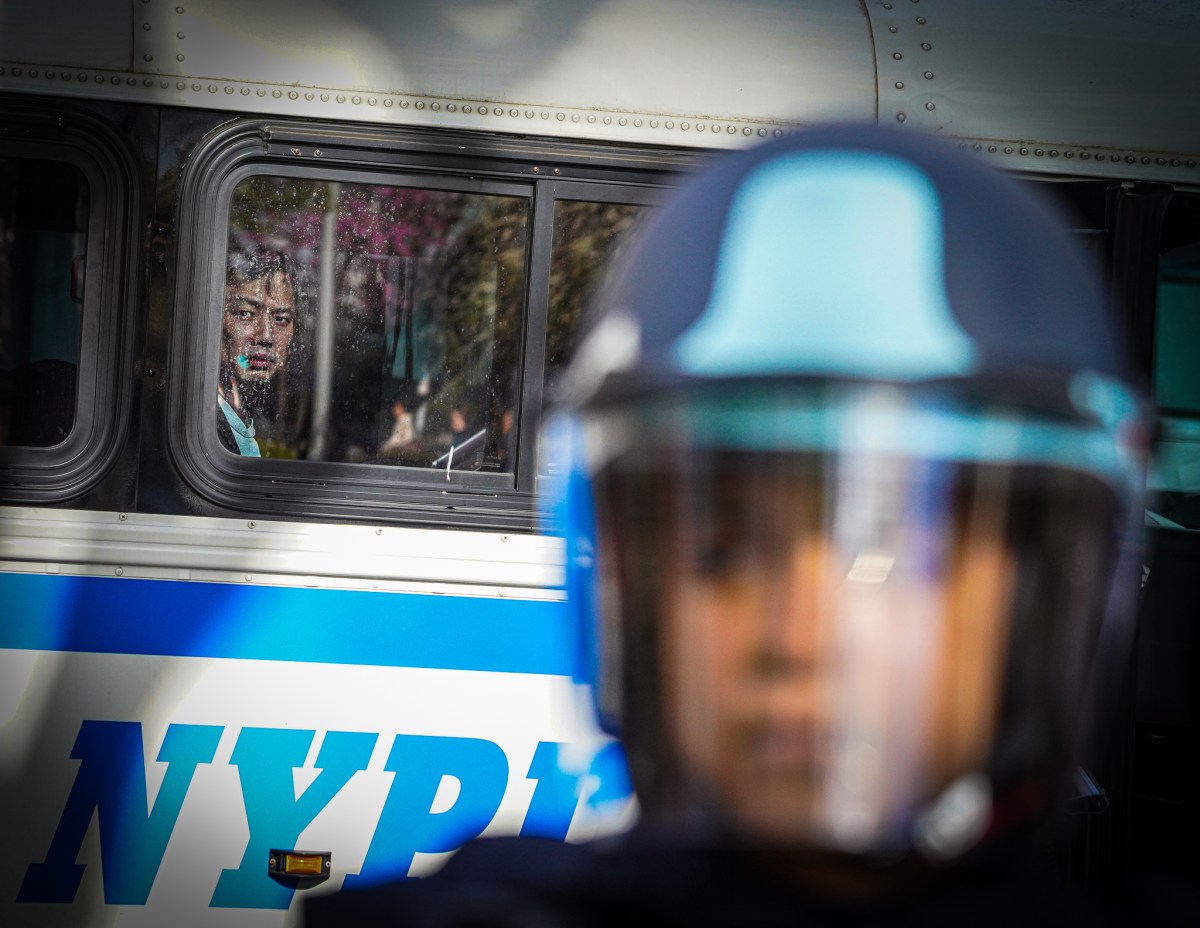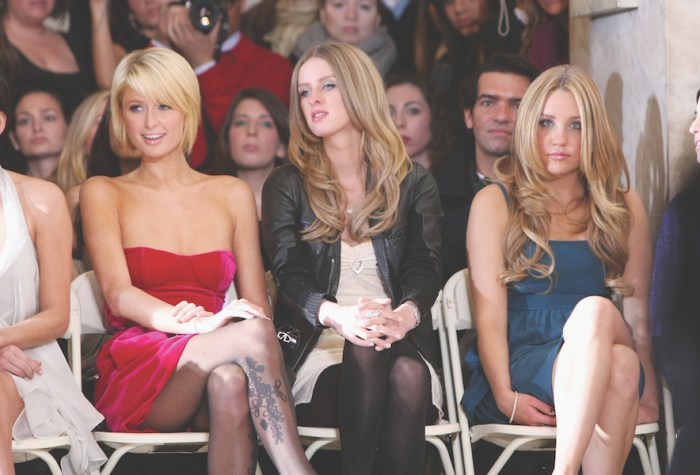 Newly elected Pope Francis, Cardinal Jorge Mario Bergoglio of Argentina appears on the balcony of St. Peter’s Basilica.
Newly elected Pope Francis, Cardinal Jorge Mario Bergoglio of Argentina appears on the balcony of St. Peter’s Basilica.
Credit: Reuters
Cardinal Jorge Mario Bergoglio, the first ever pope from the Americas, is a low-key intellectual who rides the bus and visits the poor. Bergoglio, who has chosen the papal name Francis, is the first ever pontiff to hail from the Americas and the first non-European in more than a 1,000 years.
Widely overlooked as a contender prior to this year’s conclave, the 76-year-old Jesuit and Archbishop of Buenos Aires, was reportedly a close second when Benedict XVI was elected in April 2005.
[embedgallery id=121202]
By nature a humble man but one caring of the destitute, Bergoglio has been a strong advocate of liberation theology, the new Christian movement that promotes church teachings to help the poor and oppressed – a policy very popular in Latin America but frowned upon by Vatican conservatives. In the 1980s, Pope Benedict XVI called it a “a singular heresy”.
Bergoglio was born in December 1936 in Buenos Aires, one of the five children of an Italian railway worker. He had a lung removed when he was a teenager due to an infection. He studied chemistry and then philosophy at university before teaching literature and psychology in Argentina. He joined the Jesuit order in 1958 before being ordained a priest in 1969.
From 1973 to 1979 he served as the Jesuit provincial in Argentina, then in 1980 became the rector of the seminary where he studied. He served there until 1986 after which he completed his doctorate in Germany and returned to Argentina. He was appointed Buenos Aires City Archbishop in February 1998. He was made cardinal by John Paul II in February 2001.
Bergoglio’s legacy as cardinal includes repairing the reputation of a church that failed to challenge Argentina’s 1976-1983 military dictatorship. Bergoglio created new parishes, restructured administrative offices and begun new pastoral projects, helping to recover the church’s traditional political influence in society. He has been critical of Argentina’s decision to legalize gay marriage in 2010 and President Cristina Kirchner’s efforts to free contraception and artificial insemination.
But his CV is not without controversy. In 2005, he was accused of conspiring with the 1970s military dictatorship to kidnap two Jesuits, but no evidence was found to verify the claim. But critics continue to say the cardinal, who was Jesuit provincial at the time, did little to support church workers against the military junta.

What’s in the Pope’s face?
The election victory of Jorge Mario Bergoglio took everyone by surprise, including psychology professor Peter M. Vishton, who created a system to determine the winner based on facial features.
The American professor canvassed hundreds of people for their views, and found that the Argentine “was an outlier as he scored below median on our measures of attractiveness, trustworthiness and healthiness”.
The system predicted Boston Archbishop Sean O’Malley would be the next Pope, but Bergoglio scored highly on ‘likeliness of winning’. “He just looked the part”, said Vishton, who added that the newly crowned Pontiff’s expression showed warmth and humility in his opening speech.


















